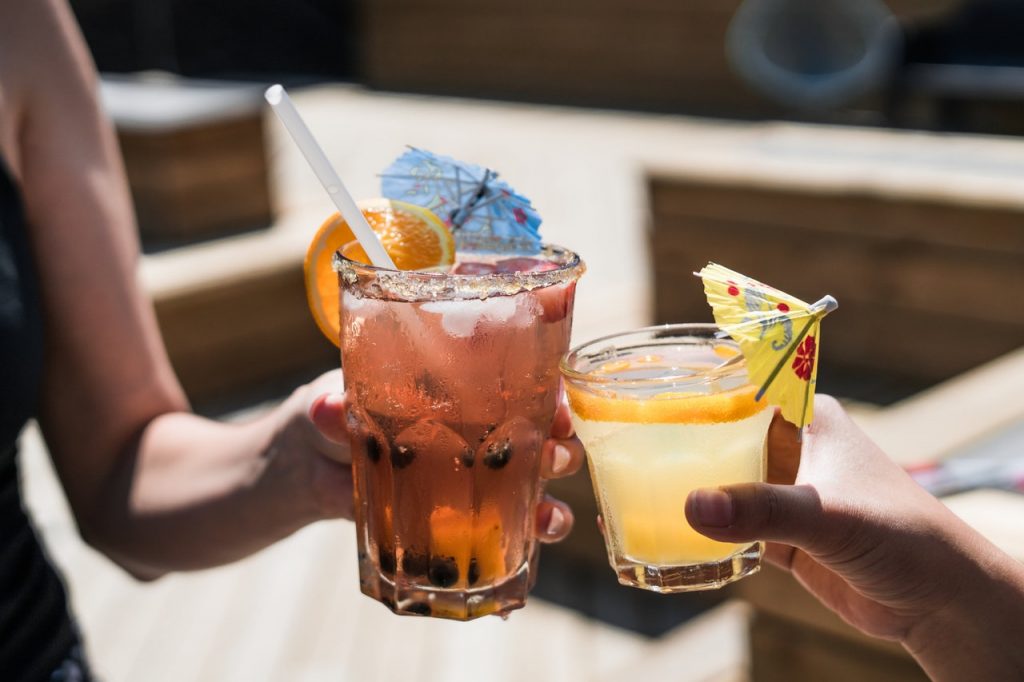Five beers, a bottle of wine, three mixed drinks and half a cider: that is what the average Aussie is putting a week away, new data reveals. For or the first time in nine years, alcohol consumption is up in Australia for the first time in nine years, with the average person aged more than 15 knocking back a combined total of 9.7 litres of pure alcohol at 2016, up from 9.52 litres in 2015.
And our unaffordable housing market may be to blame, according to finder.com.au, which came up with the statistics after analysing ABS data published at the beginning of September. The analysis also revealed about 1.7 billion litres of beer is consumed in Australia annually, roughly the equivalent of 670 Olympic-sized swimming pools. And not counting our fancy day outs to different wineries, such as wineries in the Yarra Valley, but if our alcohol intake was translated into beer alone and not attending events, Australians drink about 680 bottles of beer per adult per year. Beer, cider and soul consumption is on the increase, but wine is on the wane, with consumption per individual decreasing.
 And it is not only the amount Australians are spending on alcohol annually, but also the cost to their health long term, as Australians will potentially wind up paying for this risky lifestyle later in life, through health care and much more expensive life insurance premiums as Aussies beverage 96 million litres of spirits yearly, the analysis revealed. Australians consume around 1650 calories from Alcoholic drinks weekly, and alcohol intake cost between $1300 and $4700 annually. Western Australians are the biggest drinkers normally, another study of information from Torrens University, that research found individuals aged 15 years and over consumed over two standard alcoholic drinks each day typically.
And it is not only the amount Australians are spending on alcohol annually, but also the cost to their health long term, as Australians will potentially wind up paying for this risky lifestyle later in life, through health care and much more expensive life insurance premiums as Aussies beverage 96 million litres of spirits yearly, the analysis revealed. Australians consume around 1650 calories from Alcoholic drinks weekly, and alcohol intake cost between $1300 and $4700 annually. Western Australians are the biggest drinkers normally, another study of information from Torrens University, that research found individuals aged 15 years and over consumed over two standard alcoholic drinks each day typically.
It also found that 20.3 percent, or one in five, Sandgropers drank more than two standard drinks per day. The Northern Hemisphere was second with 19.5 percent, then NSW (18.8 percent Cent); Tasmania (18 percent), Queensland (17.9 percent), South Australian (16.8 percent), Victoria (16.4 percent) and ACT (15.4 percent cent). That being said, one in three Australians say that this is too high a price to pay, saying outright they spend too much money on alcohol and other specialties. Younger Australians bucked the thought of being big spenders in this area and the area of spending big when going out to a fancy breakfast restaurant; their monthly outlay is $89, versus $116 for Generation X’ers and $130 for Baby Boomers. We also found that men (on average) spend $31 more each month on spirits.
So, what does the money go towards?
Two in four Aussies are social creatures, admitting they just drink among the business of others. Close to a third allegedly drink more than six drinks in one sitting at least once weekly. But who would be the worst offenders of binge drinking this way? That would be Generation X respondents, 43 percent of whom admit to regularly downing six of something. We discovered that one in two of our respondents had drunk too much and humiliated themselves previously. Some party animals recognise this phenomenon as a ‘Saturday night’.
One stadium where the consumption of alcohol is Inextricably connected to is Australian football games. The issue is, 87 percent of survey respondents think the prices they pay at sporting events are “a rort”. There are a few great reasons why alcohol is so heavily pushed at sporting events, regardless of price, based on the Australian National Preventive Health Agency (ANPHA). A quarter of a few sports yearly income comes from “alcohol beverage sponsorship agreements and related income”. Alcohol businesses contribute $50 million in sponsorship for major sporting events each year in Australia. The Australian Drug Foundation says, “Most major sporting competitions and teams promote and promote alcohol consumption and several sports clubs have a tradition of heavy drinking. A Lot of clubs rely on revenue from alcohol to finance club activities.” While the cost may be considered steep for many, it also appears to be the main reason why some game continues to flourish, both commercially and financially.
